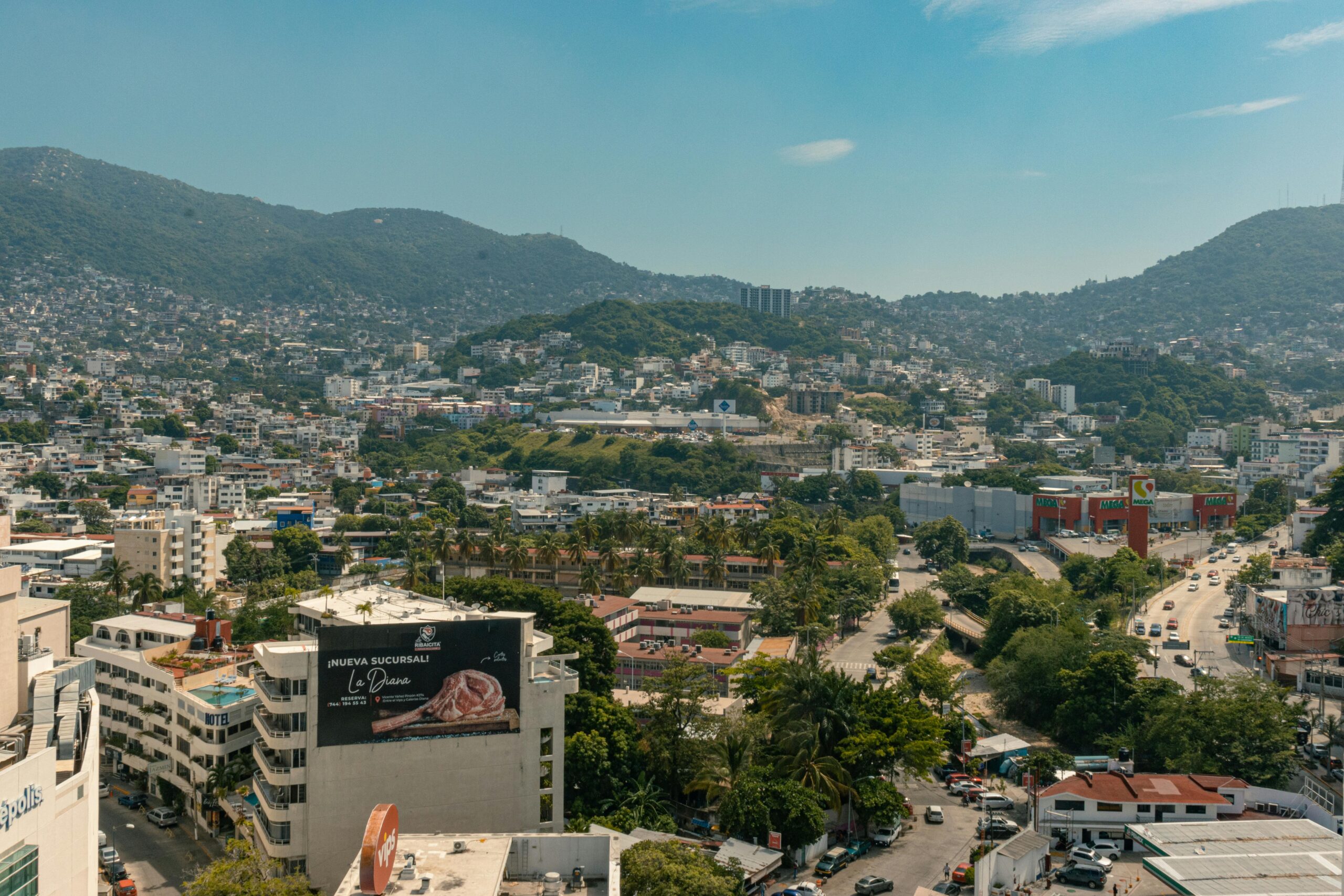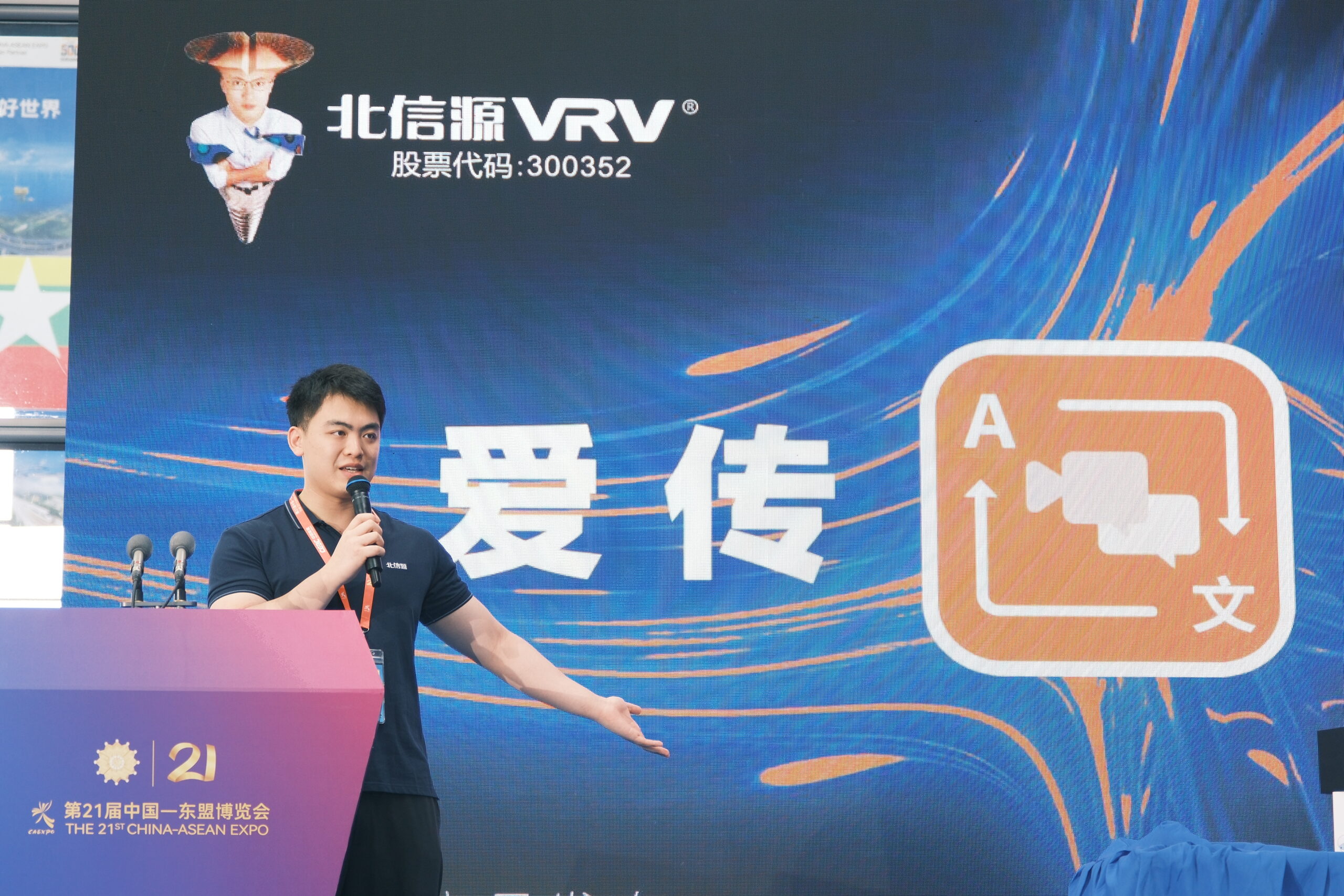The 49th edition of Tianguis Turístico—Mexico’s premier tourism trade fair—landed in Rosarito Beach from April 28 to 30, marking the first time the event has ventured to Baja California since its 1976 debut in Acapulco. More than 3,200 exhibitors from 43 countries converged at the new Baja California Center in Playas de Rosarito, alongside 500 hosted buyers and tens of thousands of B2B meetings. As Mariachi bands, charros, and artisanal showcases filled the exhibition halls, industry professionals sealed new partnerships, explored emerging trends, and celebrated the diversity of Mexico’s tourism offerings.
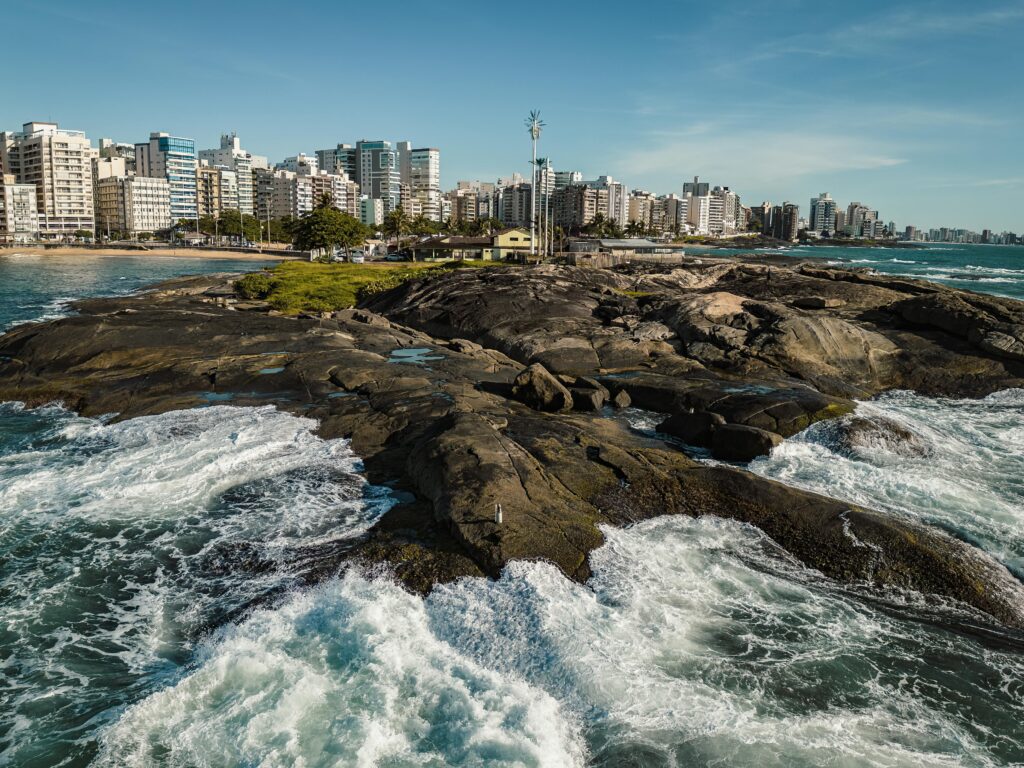
A Mile-High Tradition: The History of Tianguis Turístico
Since its founding in 1976, Tianguis Turístico has rotated annually among Mexican destinations—from Cancun and Guadalajara to Merida—serving as the nation’s central platform for tour operators, hoteliers, airlines, cruise lines, and governmental agencies. Over the decades it has evolved from a modest marketplace into a global gathering that:
- Facilitates thousands of pre-scheduled appointments between sellers and buyers
- Highlights regional specialties and niche segments (eco-tourism, culinary travel, wellness)
- Offers education tracks on sustainability, digital marketing, and resilience
Past editions have generated well over $1 billion in tourism contracts and fostered long-term cooperative ventures.
Rosarito Beach Takes Center Stage
Rosarito’s selection underscored Baja California’s growing stature as an international destination. Just 30 minutes south of San Diego, the region offers:
- Coastal Appeal: Miles of surf-friendly beaches and vibrant nightlife
- Wine Country Access: The nearby Valle de Guadalupe produces over 70% of Mexico’s wine, anchoring a celebrated culinary corridor
- Cross-Border Gateway: Ease of access for North American travelers via Tijuana’s international airport and land border crossings
Local hotels reported over 90% occupancy during Tianguis, while restaurants and vendors saw weekend-long surges.
The Baja California Showcase
Under the banner “Mexico Opens Its Doors,” Baja California’s pavilion featured:
- Gastronomy Hubs: Live cooking demos from valley chefs, craft-beer tastings, and seafood pairings
- Wine and Agritourism: Bodega tours and tastings coordinated with the state’s “Ruta del Vino”
- Adventure and Eco-Tours: Desert excursions, off-road experiences, and marine-conservation boat trips
- Cultural Immersion: Workshops on Kumiai and Paipai indigenous crafts, plus regional music and dance performances
Secretary of Tourism Miguel Aguíñiga Rodríguez emphasized that tourism accounts for roughly 8% of the state’s GDP, with spillover into entertainment, retail, and services pushing the total closer to 15%.
Broader Industry Impact and Business Deals
Beyond Baja, every Mexican state—from Quintana Roo’s beaches to Morelos’s colonial towns—leveraged the platform to:
- Showcase recovery from the pandemic and pivot toward experience-driven travel
- Negotiate new air-route agreements and cruise-port calls
- Launch joint-marketing campaigns targeting key markets in the U.S., Canada, Europe, and Asia
Organizers tracked over 50,000 business appointments and project this edition will result in more than $1 billion in tourism services booked over the next 12 months.
Community Tourism and Cultural Exchange
A growing focus on community-based tourism featured prominently. Delegates from Morelos highlighted that tourism makes up 8% of their state economy—rising to nearly 18% when including restaurants, festivals, and handicrafts. Emphasis on “living with the community” signals a shift toward immersive travel:
- Homestays and Village Tours: Visitors stay with local families and learn traditional crafts
- Cultural Workshops: Hands-on pottery, weaving, and culinary classes led by artisans
- Sustainable Practices: Regenerative-farm partnerships and low-impact lodging options
These approaches aim to distribute benefits more equitably and preserve cultural heritage.
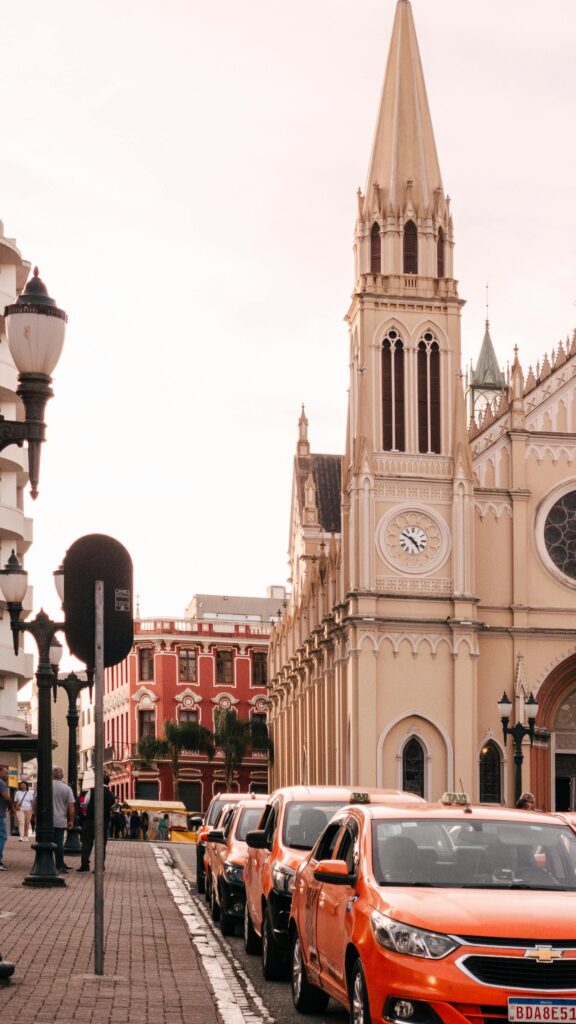
The New Baja California Center and Local Benefits
The state-of-the-art Baja California Center, with its 10,000 m² of exhibit space and ocean-view terraces, not only hosted Tianguis but also injected an estimated $20 million into the Rosarito economy—covering lodging, catering, transport, and event labor. Long term, the center will anchor conferences, conventions, and cultural events, diversifying local revenues beyond seasonal beach tourism.
Conclusion
Tianguis Turístico 2025 in Rosarito Beach reinforced Mexico’s leadership in global travel, showcased Baja California’s dynamic offerings, and set the stage for sustainable, community-driven growth. As deals are finalized and promotional campaigns roll out, both established destinations and emerging regions stand to benefit—demonstrating the enduring power of a well-curated marketplace to shape the future of tourism.
Frequently Asked Questions (FAQs)
Q1: What is Tianguis Turístico?
An annual B2B tourism trade fair organized by Mexico’s federal tourism ministry, rotating host cities and connecting global buyers with regional sellers.
Q2: How many exhibitors and buyers attended this year?
Over 3,200 exhibitors from 43 countries and approximately 500 hosted buyers participated, with more than 50,000 scheduled appointments.
Q3: Why was Rosarito Beach chosen as host?
Its proximity to the U.S., world-class beaches, burgeoning wine region, and new Baja California Center made it an ideal gateway destination.
Q4: What economic impact did the event have on Rosarito?
The three-day fair generated an estimated $20 million in local spending and highlighted the Baja California Center’s potential for year-round events.
Q5: How does Tianguis promote community tourism?
By spotlighting homestays, indigenous-led workshops, and regenerative-farm experiences, the fair encourages travelers to engage deeply with local cultures and economies.
Q6: When and where will the next Tianguis Turístico be held?
The location for the 2026 edition will be announced later in 2025; past hosts have included Mérida, Cancun, and Guadalajara.
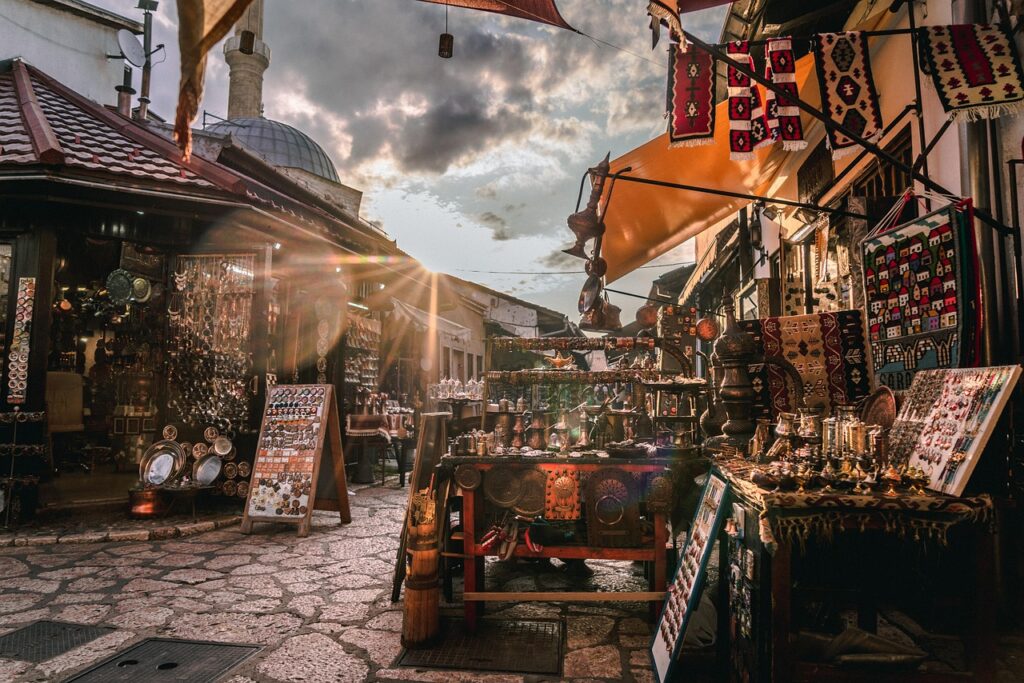
Sources KPBS
